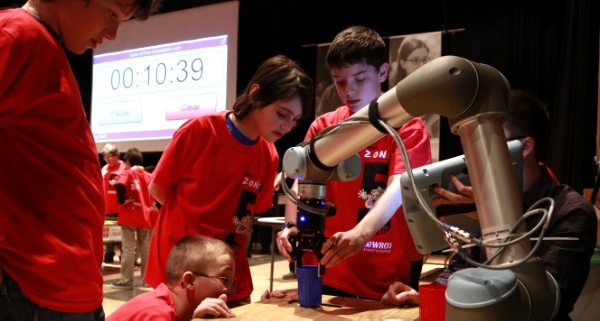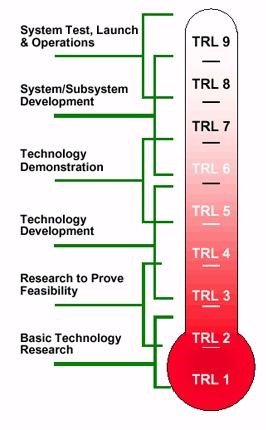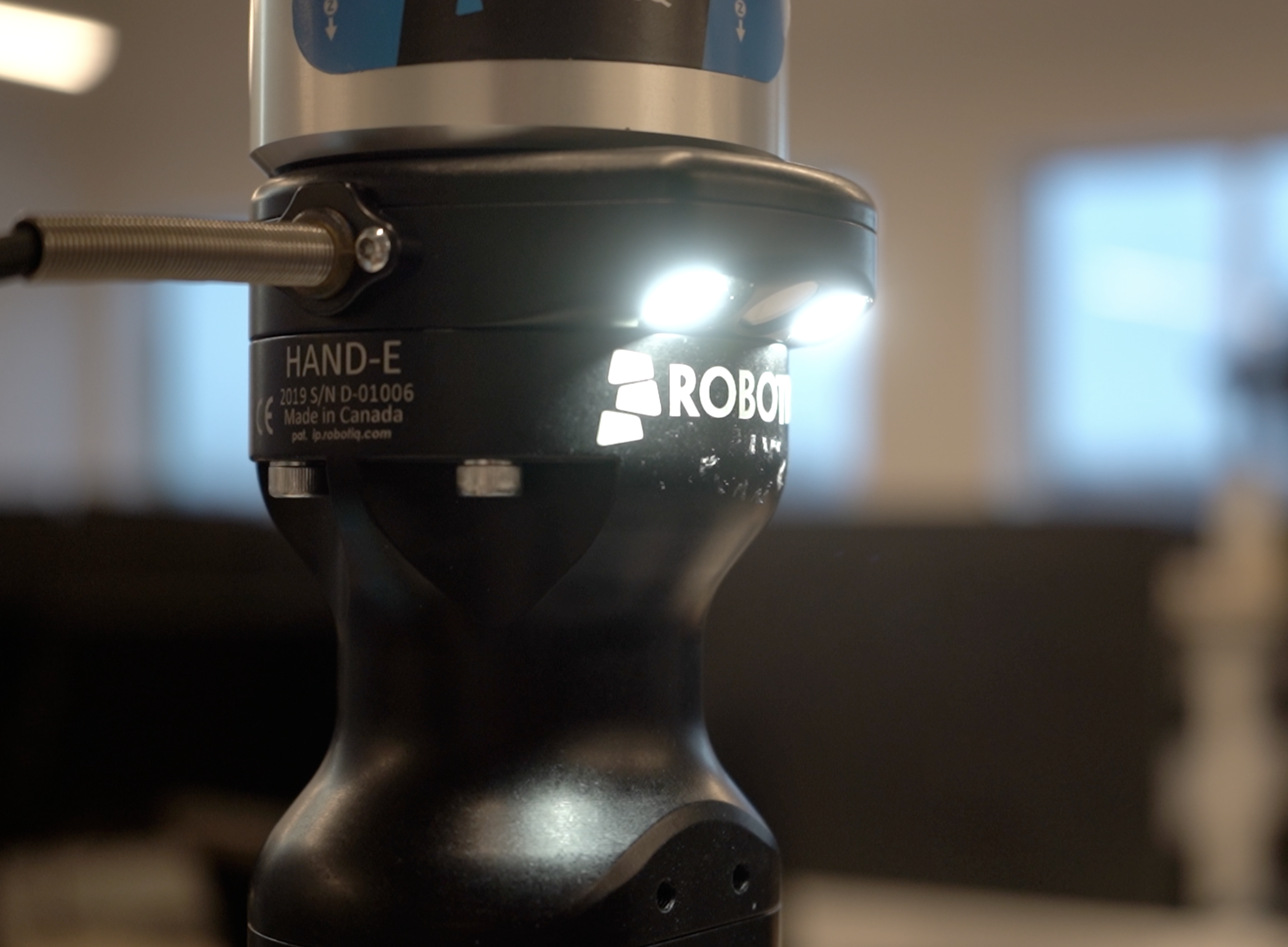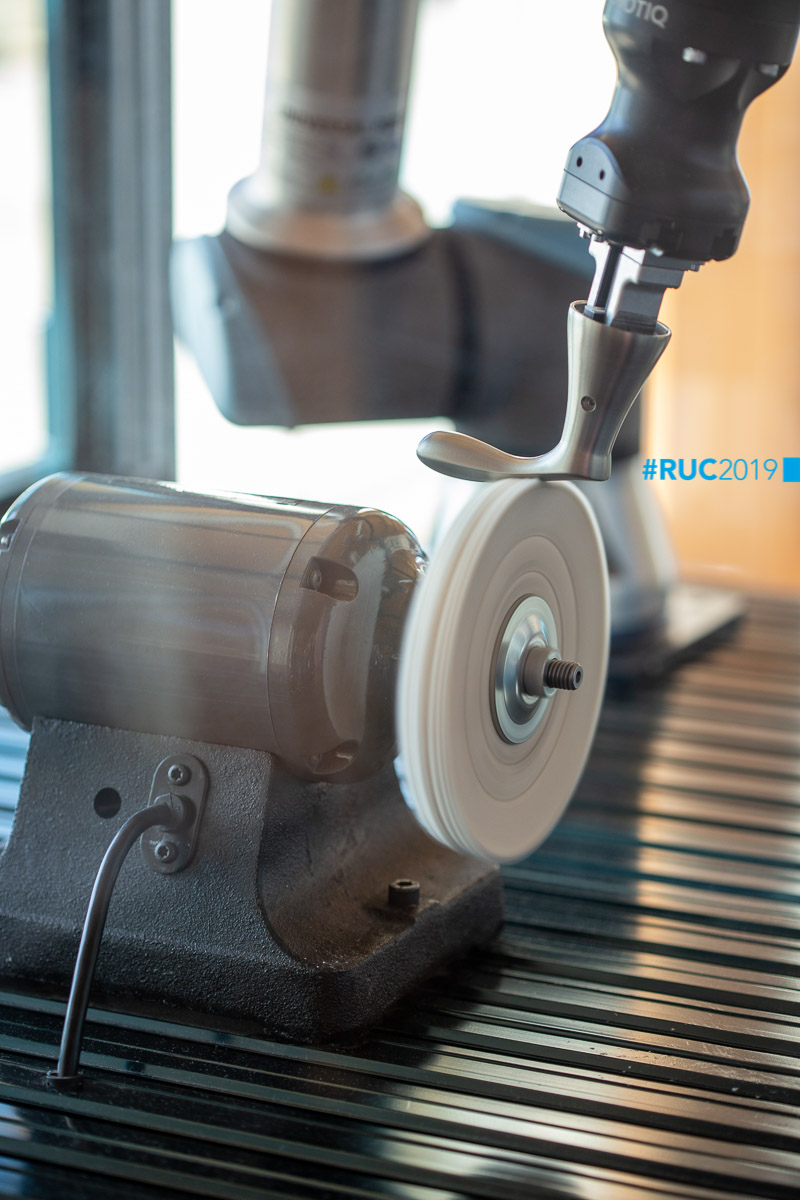What Is a TRL?

Posted on Sep 07, 2016 in Other
2 min read time
Have you ever heard the terms ‘early adopter’ or ‘technology enthusiast’? Do you have some of them in your close circle? I myself am surrounded by those :)

Technology enthusiasts are the kind of people that see the potential in a new technology (let’s say, the first intelligent watch), find it interesting, encourage it on Kickstarter, get it after a few months of waiting, try it for a while. Then they’re super happy if it works fine, but what I find interesting is that they’re still happy if it doesn’t work properly: they say their contribution has helped the R&D, the next version will surely be better, etc.
I myself am more of a technology doubter. I’m not the kind of person that enjoys trying a beta version of Windows and reporting its bugs. I want the software / hardware I’m buying to work, just as it is supposed to be. So I check reviews, ratings, prices, etc, then eventually, maybe, I buy something.
The same principle applies at work: some are early adopters, and like to test new technologies and bring them to their limits. Others only acquire technologies that have been proven to work in many applications. It’s good to know where you stand at, and it’s also good to know that there’s an official scale for defining the maturity of a technology: Technology Readiness Levels (TRL).
At first, the TRL scale was instaured by the NASA to rate out the maturity of technologies that they acquired and developed. It ranges from basic technology research (I call it ‘the napkin-paper stage’) to a technology that is installed in a shuttle and used in a mission. Since it uses an objective scale from 1 to 9, many people in various industries have started using it as a way to classify technologies. If a client wants to buy an intelligent camera, for instance, he would be interested to know if it’s commonly used in his industry, or if it’s a prototype camera that’s only been tested in the lab (TRL 3-4) and has on-going development. You can find the official definitions of the 9 levels (level 1 being the lowest maturity) here.

Interestingly, the United States Department of Defense has created a similar scale called the Manufacturing Readiness Levels. Its goal is “to provide a common metric and vocabulary for assessing and discussing manufacturing maturity, risk and readiness”. It is inspired by the TRL scale but includes 10 levels: their definitions can be found here.
Be it a TRL or an MRL, each level normally comes with a gate, in which various elements are evaluated: the maturity, the risks, the promises it convicts, the potential costs of future development, etc.
So next time you shop around for a technology, ask yourself what TRL you need. You might be OK with a TRL 3 technology, since there is nothing available on the market that is sufficiently advanced for your need. Keep in mind that you will probably have some development and testing to do. If you ask a technology manufacturer about the TRL of a specific product, I wouldn’t expect a clear answer. The scale is mainly used internally in businesses to rate internal components, not as marketing tools for outside buyers. But keeping in mind the concept of TRL and its definitions close-by will lead to ask questions that will help assess the maturity of a technology.
So now you can ask yourself: What kind of technology buyer are you?






Leave a comment